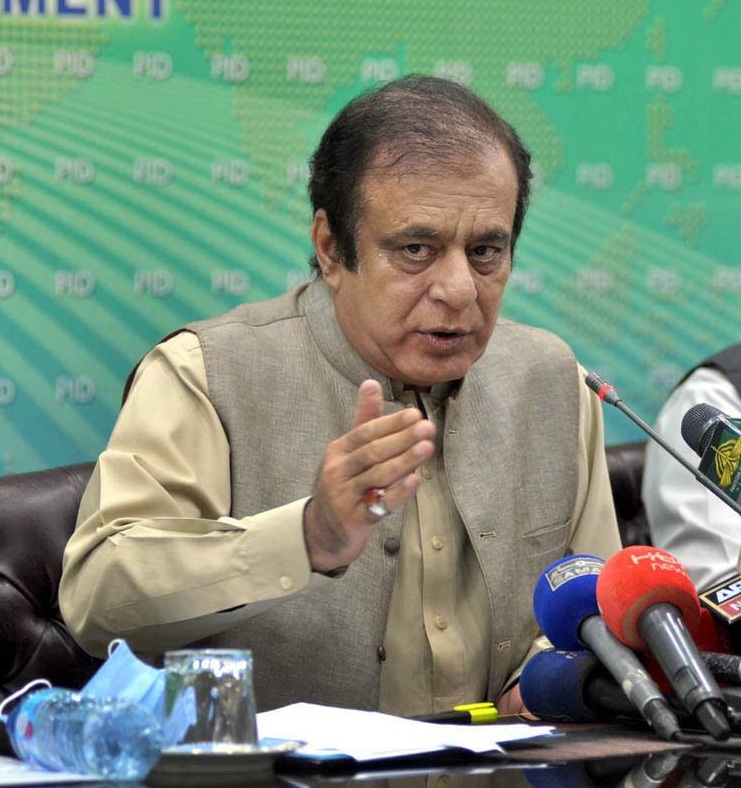Pakistan’s plastic industry is growing almost 15 percent annually. Statistics show that during the last five years, plastic exports have surged by 42 percent, reports INP-WealthPK.
In 2017, exports were worth $272 million, increasing by 42 percent, and reaching $388 million in 2021. There has been a significant increase in plastic exports. The following table gives a glimpse into the export volume.
Federal Minister for Science and Technology Senator Shibli Faraz recently inaugurated a project for upgradation of polymer and plastic laboratory at the PCSIR, Lahore. The objective of the project is to enable the Pakistan Polymer and Plastics Laboratory to provide a broader range of scientific services that the private sector requires to sustain and enhance its productivity. Rapid innovation and improvement in science and technology has led to the development of more and more products that were previously unheard of in the world. One such material is plastic.
The vulcanisation process helped in the rapid development of plastic. The global size of the plastic market was about $580 billion in 2020. According to INP-WealthPk, currently, Pakistan has a fully established world-class plastic industry equipped with the latest technology. It comprises over 11,000 small, medium and large units. Around 65 percent of these units are located in the Punjab province.
The industry is meeting the domestic demand and exporting a significant number of products to earn foreign exchange. According to the Pakistan Plastic Manufacturing Association (PPMA), Pakistani plastic contributes 15 percent to the GDP (gross domestic product) and provides direct employment to 500,000 people and indirect employment to 200,000.
The total capacity of the Pakistan plastic industry is 750,000 tons. The industry manufactures plastic products, which include Polyvinyl Chloride (PVC), General Purpose Polystyrene (GPPS), High Impact Polystyrene (HIPS), Expanded Polystyrene (EPS), Polyethylene Terephthalate (PET) Chip Bottle, Preform, Urea, and Melamine. The industry is divided into two groups: organised and unorganised. The industry produces around 50 percent of high-quality products exported to the world. Among 11,000 plastic production units, 58 percent of plants produce injections, 17 percent packaging, 8 percent blow, 5 percent extrusion, and 2 percent produce woven, as shown in the following graph.
‘United States, Afghanistan, Canada, Turkey, UAE, India, Italy, Tanzania, Belgium, Germany, Bangladesh, Qatar, UK, and China are the top export destinations of Pakistani plastic products. Plastic industry is an integral part of all industries, as it is interlinked in different ways. It is also contributing significantly to the automobile industry. Over the years, quality and productivity have improved through modern techniques that helped meet the local automotive industry’s demand.
Furthermore, the industry contributes to packing or as a part of products in the food and pharmaceutical industries by maintaining international standards to produce safe and healthy products. Pakistan imports raw material to make plastic products, which are then shipped to the offshore markets. The imported material makes the products rather expensive. There is a need to produce raw material locally to make goods with less cost.Pakistan’s per capita consumption is very low compared to the world. The per capita consumption is 7.5kg per person, while it is 100kg per capita a year in developed counties. The Government of Pakistan should assist the plastic industry in achieving a high level regarding safe usage of healthy plastic.
Plastic industry is under criticism by environmentalists and the judiciary as it is a major source of waste. There is a need to work on the smart plastic policy. During Covid-19, Europe, the UK, and the USA lifted ban on single-use plastic products, especially single-use bags, as these are now considered safe and more hygienic than the reusable bags.—INP










